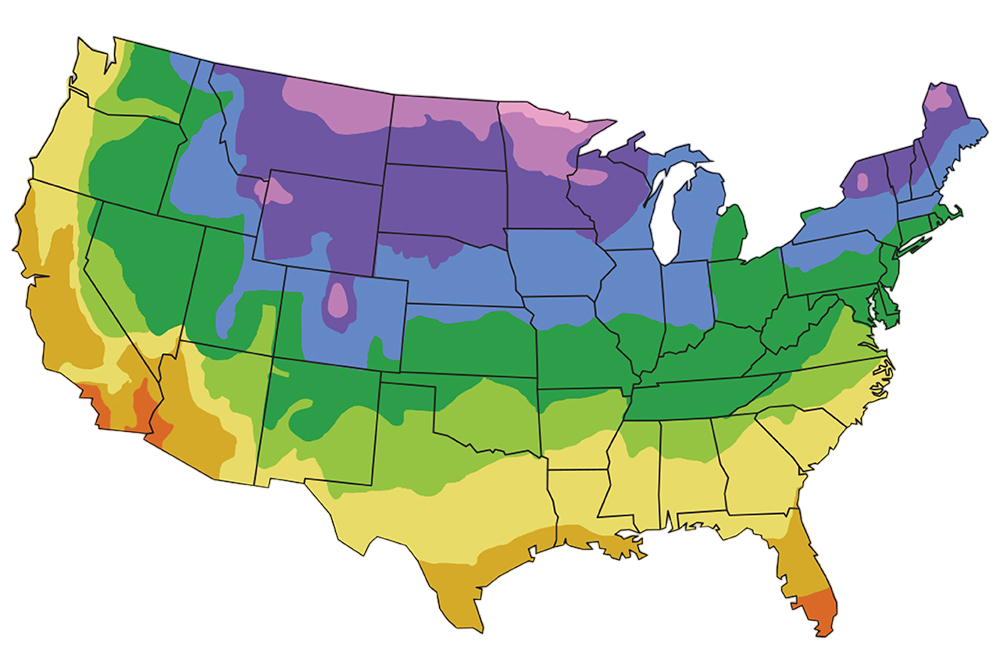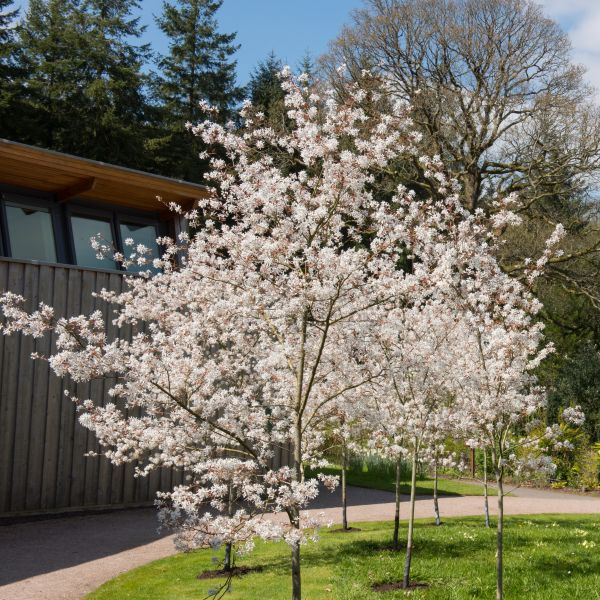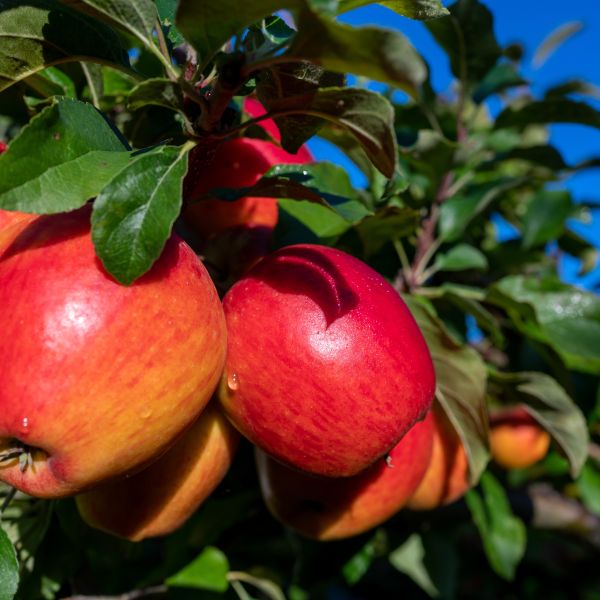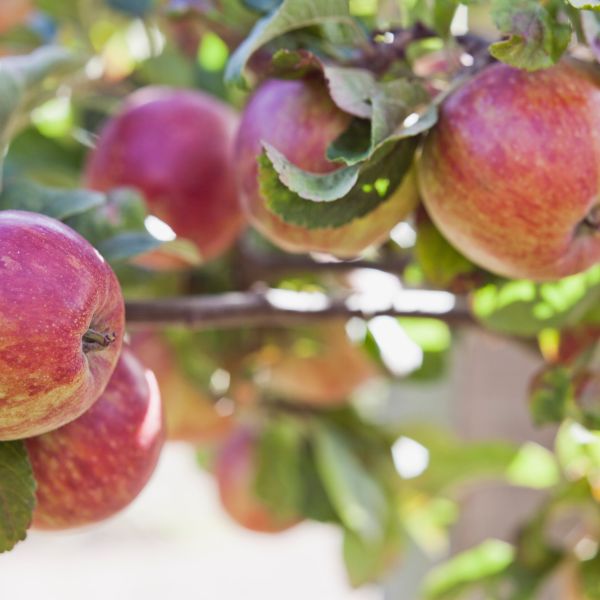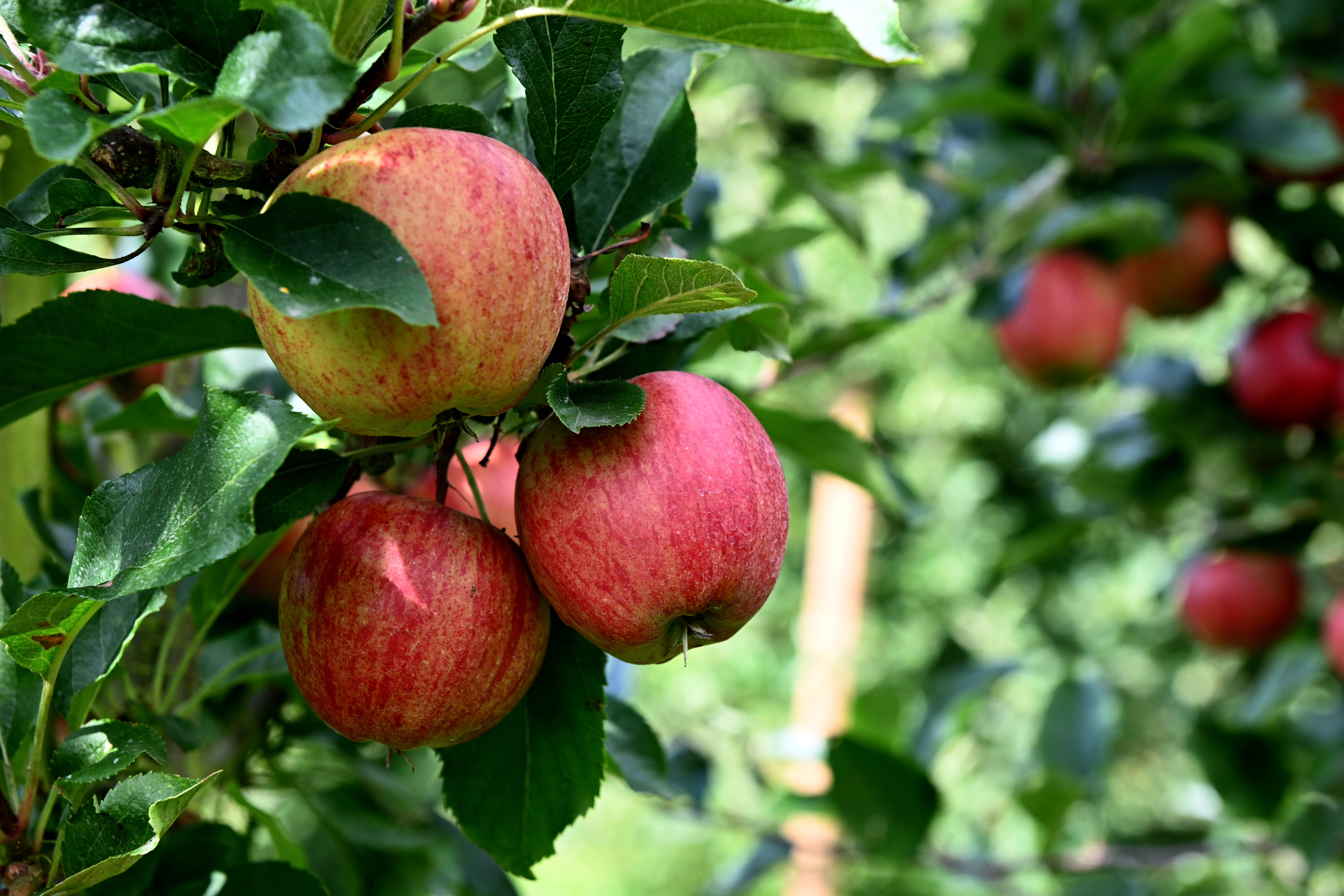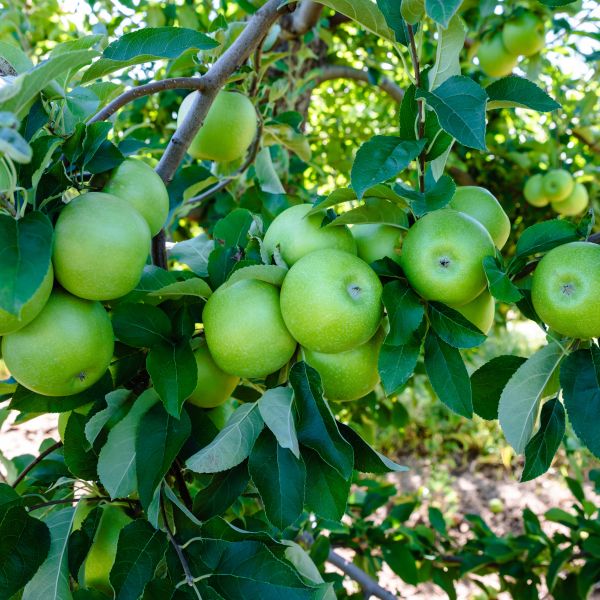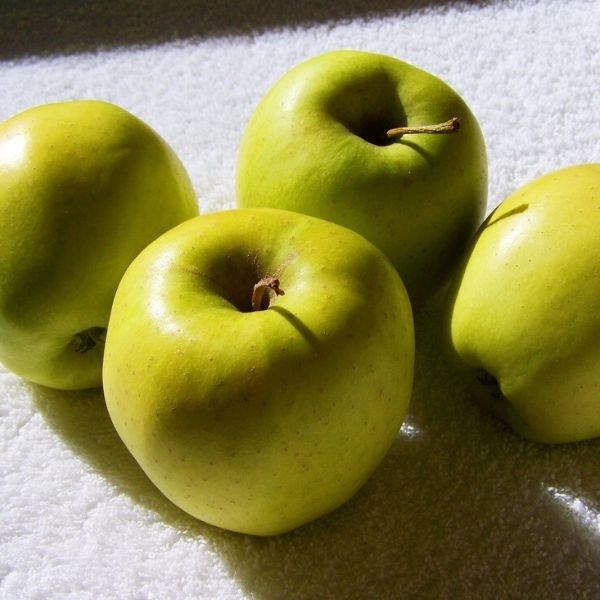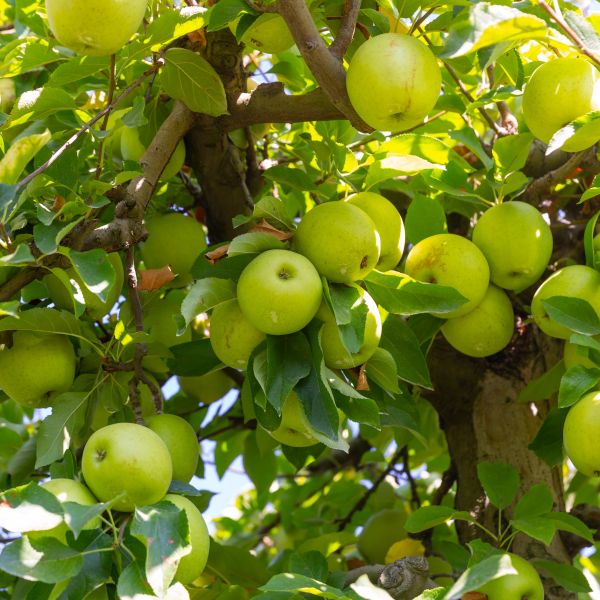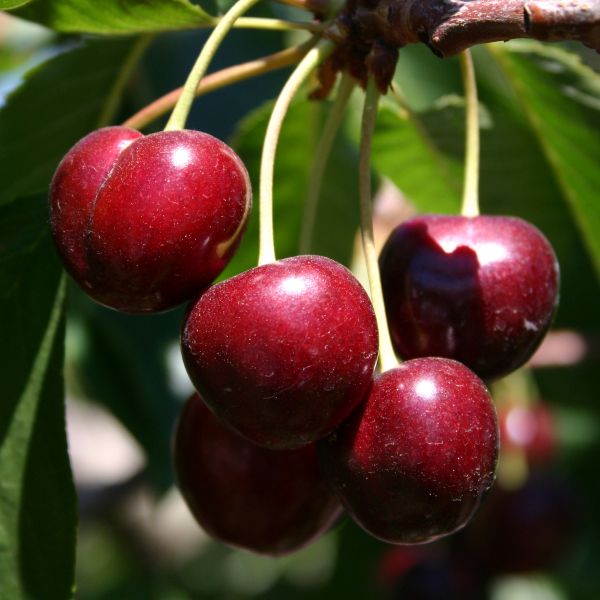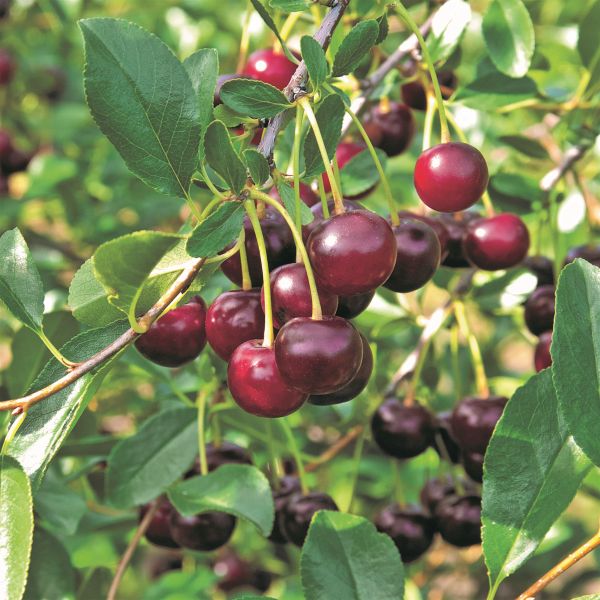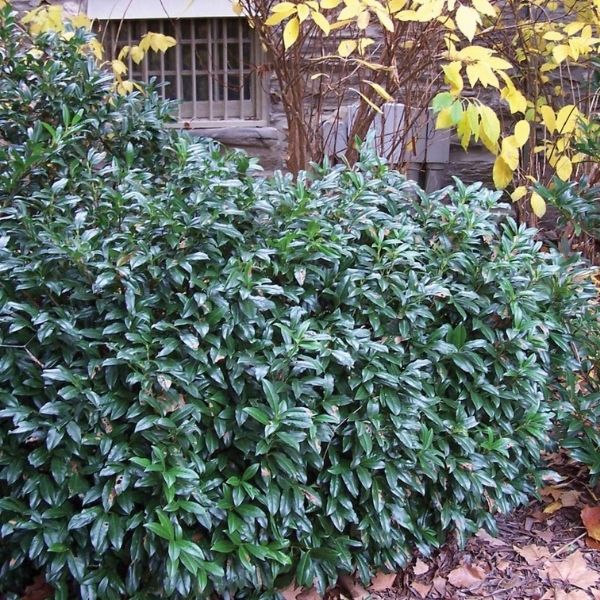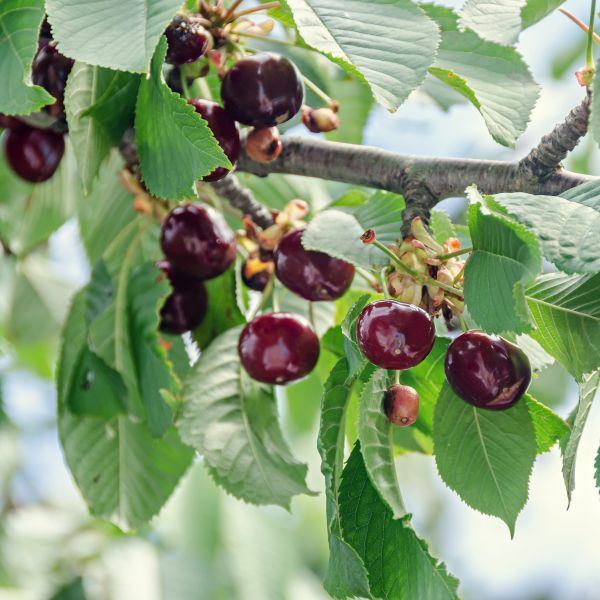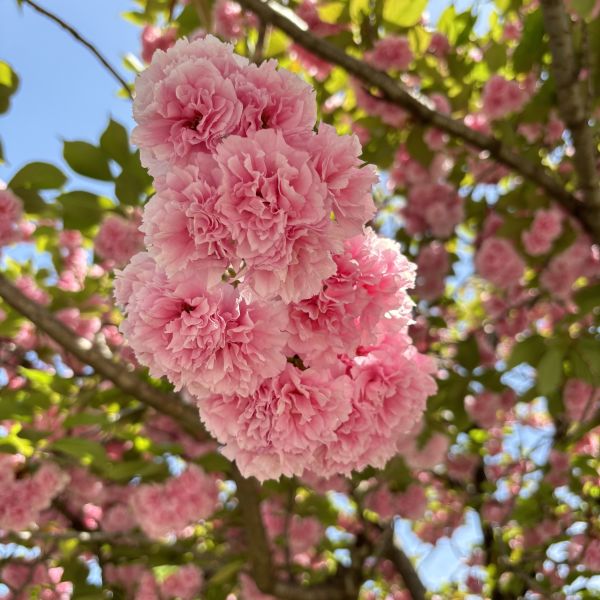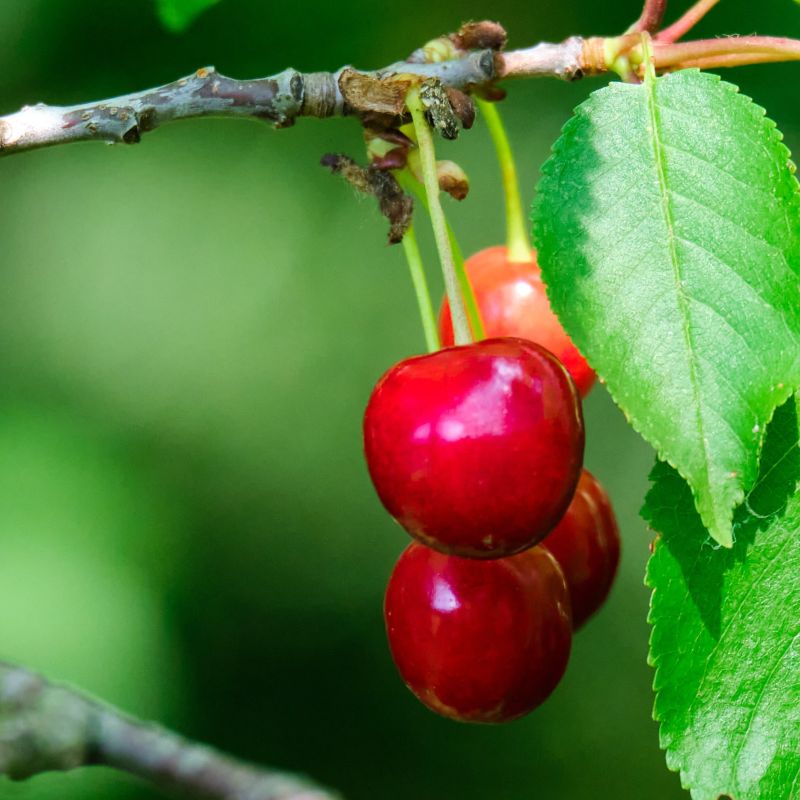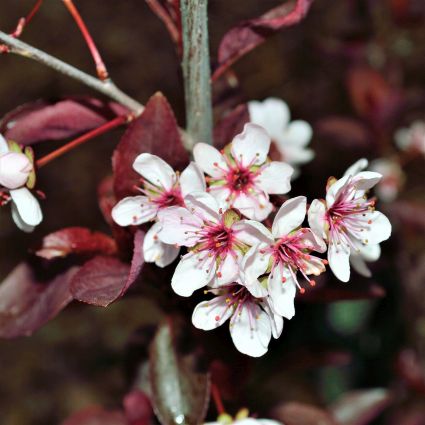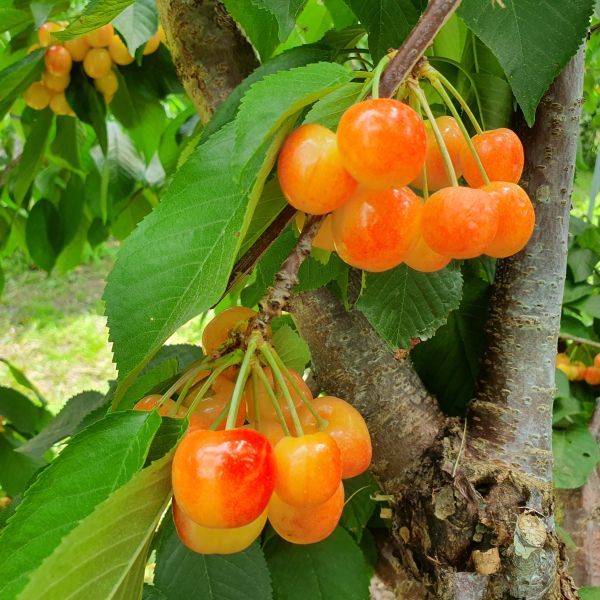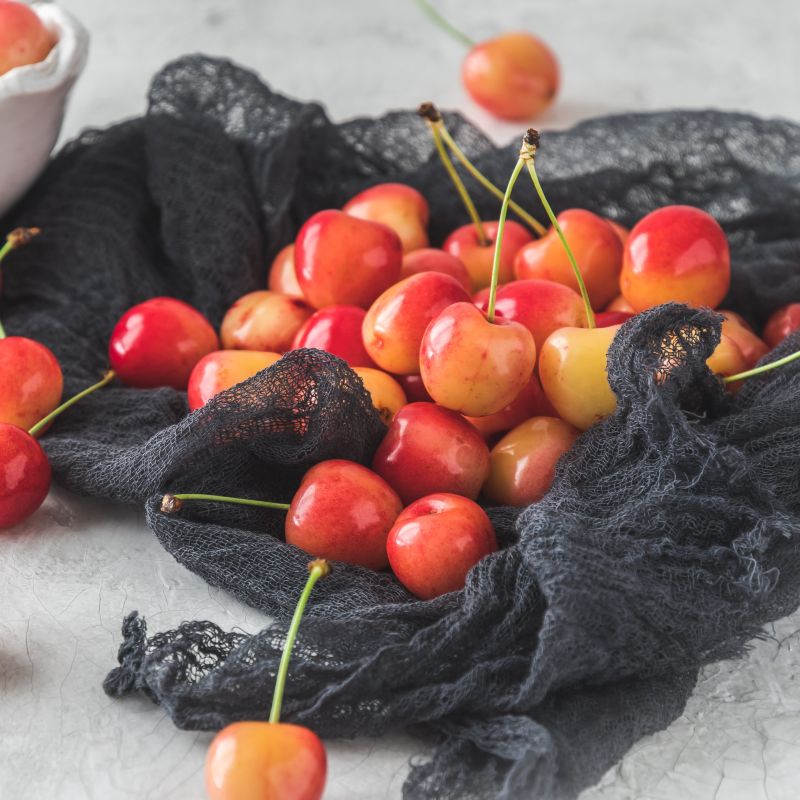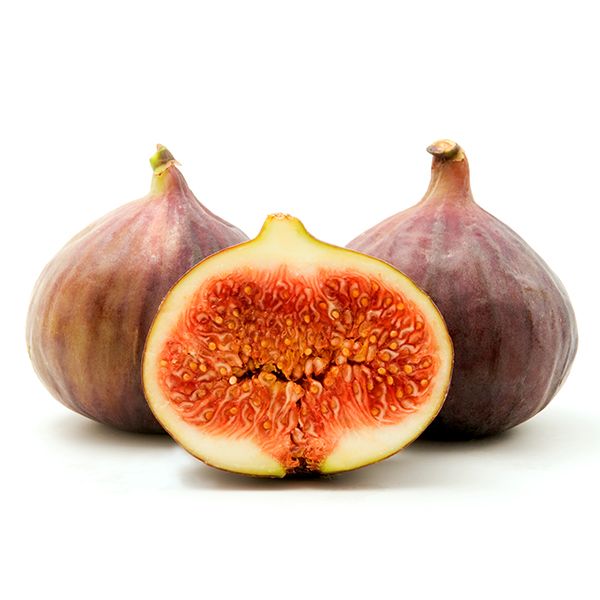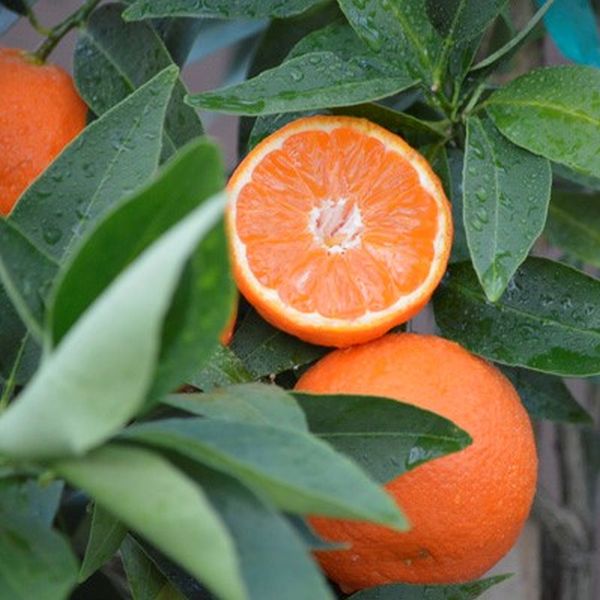
Page Mandarin
Citrus reticulata 'Page'
6 reviews
Page Mandarin
Citrus reticulata 'Page'
6 reviews
- Conveniently located in the heart of the city
- Expert teachers with years of experience
- Small class sizes for personalized attention
$196.00
$280.00
30% Off
- Ships to 43215 in 3 to 7 days
- Free Shipping
- Plant Arrival Guarantee
- In Stock
- Free Plant Consult
$200
3.5 Gallon Semi Dwarf
Why Page Mandarin?
Page Mandarin is a hybrid citrus fruit that is a cross between a Minneola tangelo and a Clementine mandarin. It is known for its sweet and tangy flavor, with a juicy and seedless interior. The fruit has a thin, easy-to-peel skin and is a popular choice for fresh eating or juicing. Page Mandarin trees are easy to grow and produce abundant fruit.
People who loved this plant also bought
Sunlight
Page Mandarin trees require full sunlight to thrive and produce abundant fruit. They should be planted in a location that receives at least 8-10 hours of direct sunlight per day. Insufficient sunlight can result in poor fruit production and overall plant h
Watering
Page Mandarin trees require regular watering, especially during hot and dry periods. They prefer consistently moist but well-drained soil. Water deeply and thoroughly, allowing the soil to dry slightly between waterings to prevent root rot. Mulching can he
Fertilizing
Page Mandarin trees require a balanced fertilizer with a ratio of 3-1-2 (N-P-K) during the growing season. Fertilize once a month from spring to fall with a slow-release citrus fertilizer. Avoid high-nitrogen fertilizers, as they can promote excessive vege
Page Mandarin (Citrus reticulata 'Page')
The Page Mandarin, also known as Citrus reticulata 'Page', is a delicious citrus fruit that is a hybrid of a tangerine and a mandarin orange. It is a small to medium-sized fruit with a thin, easy-to-peel skin that is bright orange in color. The flesh of the Page Mandarin is juicy, sweet, and seedless, making it a favorite among citrus lovers.
This variety of mandarin tree is relatively small, reaching heights of up to 6-10 feet, making it a great choice for a backyard garden or patio container. It is also a popular choice for bonsai enthusiasts due to its compact size and attractive fruit.
The Page Mandarin tree produces fragrant white blossoms in the springtime, adding beauty and a wonderful aroma to any garden. The fruit ripens in late fall to early winter, providing a fresh and tasty harvest during the cooler months of the year.
Whether eaten fresh, juiced, or used in cooking and baking, the Page Mandarin is a versatile and delightful addition to any home orchard or garden.
Plant Information:
| Botanical Name: | Citrus reticulata 'Page' |
| USDA Zones: | 9 - 10 |
| Water: | Low Once Established |
| Exposure: | Full Sun |
| Soil Needs: | Well Drained |
| Mature Height: | 8 - 10 feet |
| Mature Spread: | 4 - 6 feet |
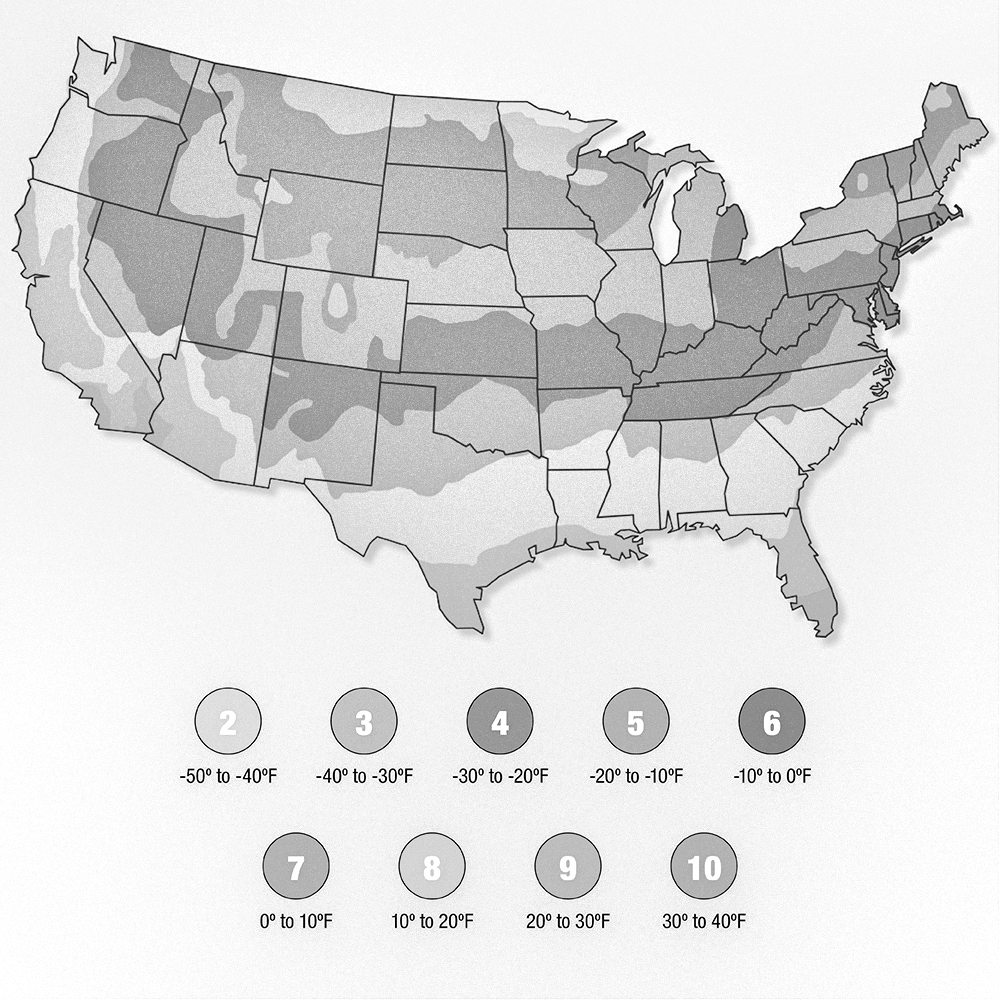
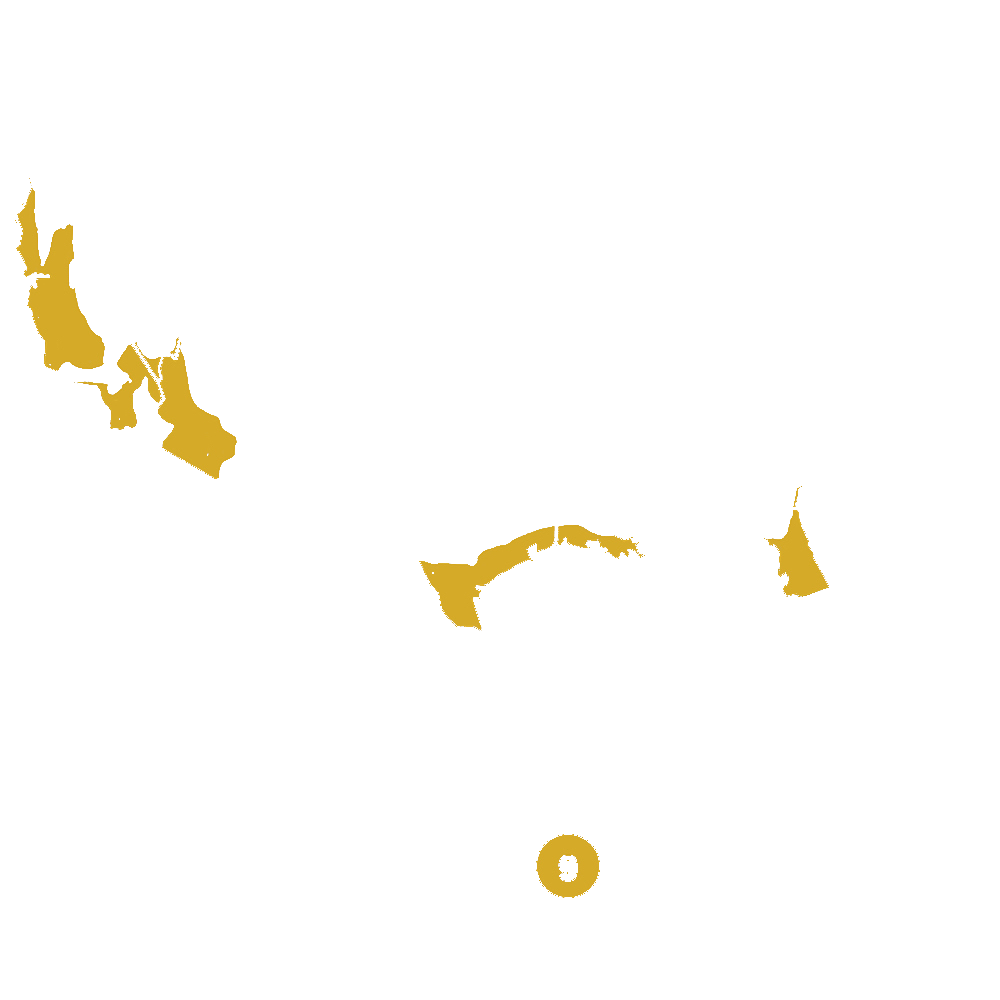
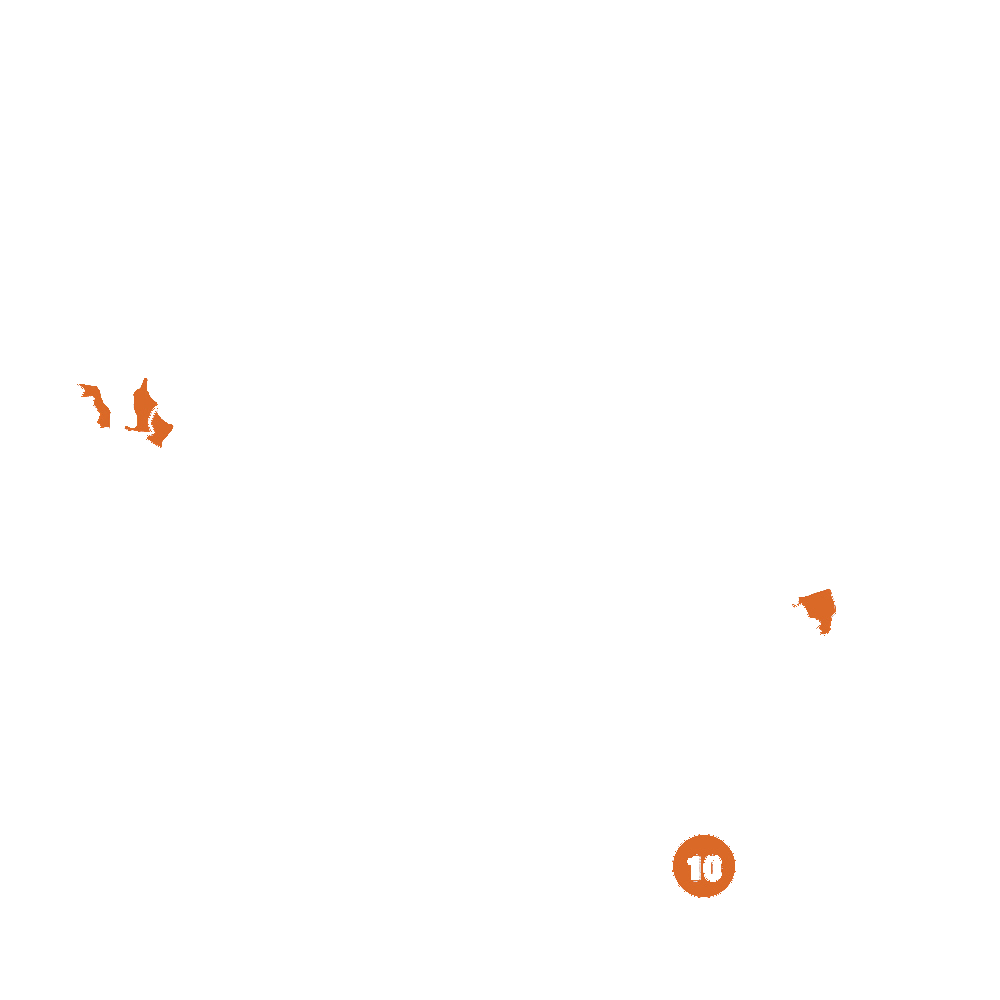
Pollination Info
Pollination Info for Page Mandarin
The Page Mandarin, also known as Citrus reticulata 'Page', is a type of mandarin orange that requires cross-pollination to produce fruit. Cross-pollination occurs when pollen is transferred from the flowers of one tree to the flowers of another tree. This process is essential for fertilization and the development of fruit.
Pollination Requirements:
- Page Mandarin trees require the presence of bees or other pollinators to transfer pollen between flowers.
- Planting multiple Page Mandarin trees in close proximity can increase the likelihood of successful cross-pollination.
Timing:
Pollination of Page Mandarin trees typically occurs during the spring when the trees are in bloom. Bees are most active during this time, making it an ideal period for cross-pollination to take place.
Benefits of Cross-Pollination:
Cross-pollination increases genetic diversity and can lead to larger yields and better fruit quality. It can also help improve the overall health and productivity of Page Mandarin trees.
FAQ
Page Mandarin (Citrus reticulata 'Page') FAQs
1. What is a Page Mandarin?
A Page Mandarin, also known as Citrus reticulata 'Page', is a type of mandarin orange that is prized for its sweet and juicy flavor.
2. How do I care for a Page Mandarin tree?
Page Mandarin trees require well-drained soil, plenty of sunlight, and regular watering. They are also susceptible to pests such as aphids and scale insects, so it is important to keep an eye out for any signs of infestation.
3. When is the best time to harvest Page Mandarins?
Page Mandarins are typically ready to be harvested in late fall through winter. They are ripe when they are fully orange and have a slightly loose skin.
4. Can Page Mandarins be grown in containers?
Yes, Page Mandarin trees can be grown in containers as long as they have enough room for their roots to grow and are provided with proper care and sunlight.
5. Are Page Mandarins easy to grow?
Page Mandarins are relatively easy to grow as long as they are provided with the right growing conditions and care. They can be grown in USDA hardiness zones 9-11.
6. Do Page Mandarins require pruning?
Page Mandarin trees can benefit from occasional pruning to remove dead or diseased branches and to shape the tree. Pruning should be done in late winter or early spring before new growth begins.
Planting & Care
Planting & Care for Page Mandarin (Citrus reticulata 'Page')
Planting: Page Mandarin trees should be planted in well-draining soil that receives full sun. Dig a hole that is twice as wide and slightly deeper than the root ball of the tree. Gently remove the tree from its container and place it in the hole. Backfill the hole with soil and water thoroughly.
Watering: Water the Page Mandarin tree regularly, especially during the growing season. Make sure the soil is consistently moist but not waterlogged. Allow the top inch of soil to dry out before watering again.
Fertilizing: Fertilize the tree with a balanced fertilizer in the spring and summer months. Follow the instructions on the fertilizer package for the correct dosage and application method.
Pruning: Prune the Page Mandarin tree in late winter or early spring to remove any dead, diseased, or damaged branches. Pruning can also help shape the tree and promote healthy growth.
Pest control: Keep an eye out for pests such as aphids, scale insects, and mites. Treat infestations promptly with insecticidal soap or horticultural oil.
Harvesting: Page Mandarins are typically ready to harvest in late fall to early winter. The fruit should be orange and firm to the touch when ready. Simply twist the fruit off the tree or cut it with pruning shears.
Check Out These Verified Customer Reviews:
Customer Reviews
4.5 out of 5 based on 6 reviews
Thank you! Your review has been submitted.
Website easy to navigate, smooth checkout process
Fast shipment, great customer service
Responsive customer service, quick delivery
Item has been added to your cart.

